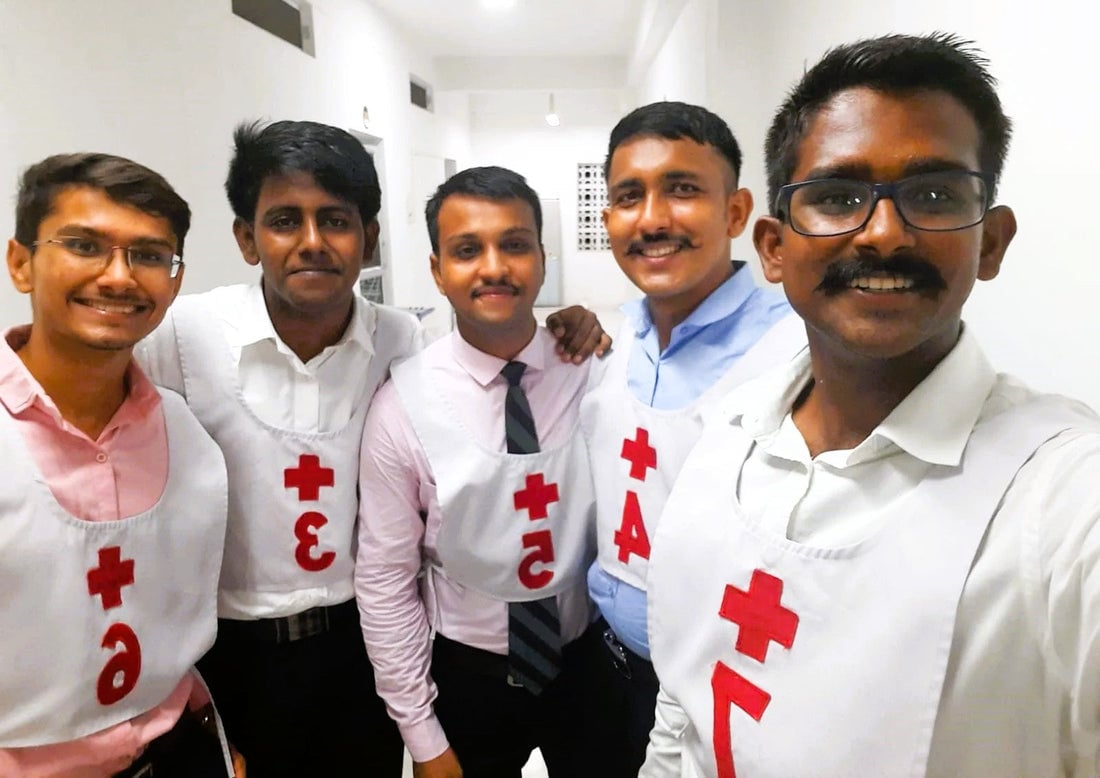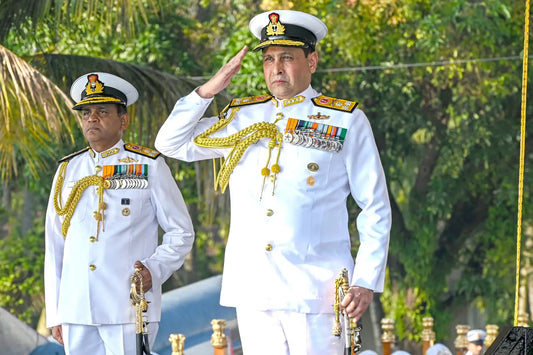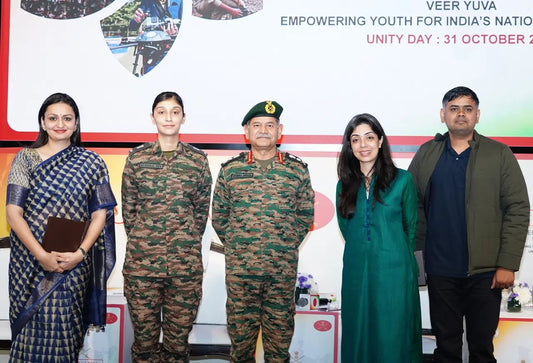Understanding the Word Association Test in SSB Interviews: A Strategic Approach for Aspiring Armed Forces Candidates

The Selection Board Service (SSB) Interview is a comprehensive assessment process aimed at individuals aspiring to join the Indian Armed Forces. A significant component of this process is the Word Association Test (WAT), a psychological evaluation conducted on the second day of the SSB. This test is pivotal in uncovering a candidate's subconscious mindset and emotional intelligence.
This article examines the Word Association Test's objectives, methodology, evaluation criteria, and relevance within the SSB interview framework. The psychological tool is crucial not only for recruitment purposes but also for ensuring that future officers have the leadership qualities necessary for the Armed Forces.
Historical Context
Understanding the WAT within the SSB Interview necessitates a look at its historical background. Psychological evaluations of candidates have been employed worldwide, particularly in military and corporate settings. The word association method's origins are linked to early psychological experiments exploring the connections between human thoughts and emotions.
Post-independence, the SSB was formed, drawing from various global psychological assessment methodologies and adapting them to the Indian Armed Forces' unique requirements. Over time, the WAT became an integral part of this selection process, identifying potential leaders through their psychological responses to words that reflect their experiences and values.
The Word Association Test: An Overview
Objectives of the WAT
The Word Association Test is crafted to evaluate several psychological aspects of candidates. Its primary objectives include assessing subconscious mind reactions, measuring cognitive agility, evaluating emotional intelligence and personality traits, and determining Officer-Like Qualities (OLQs) necessary for an officer in the Armed Forces, such as responsibility, decision-making capability, and ethical standing.
Process of the WAT
The WAT presents candidates with 60 words, each displayed for 15 seconds, requiring them to write the first meaningful thought or sentence that comes to mind. This rapid succession without pauses forces candidates to think quickly, aiming for genuine insights into their thought processes.
Types of Words Used
The WAT uses a range of words to evoke diverse emotional responses, classified into positive words like "Courage" and "Help," neutral words, and negative words like "Cheat" and "Fear." These categories challenge candidates to articulate their thoughts and reactions, enabling evaluators to assess their mindset and emotional resilience.
Evaluation Criteria
Evaluators analyze candidates' responses in the WAT process, focusing on their logical structure, mental state, values and beliefs, emotional resilience, and Officer Like Qualities (OLQs) such as integrity, responsibility, and leadership potential.
Guidelines for Responses
To perform well in the WAT, candidates should ensure their responses are original and genuine, maintain a positive tone, and convey clarity and factuality through concise and clear sentences.
Sample Words and Responses
| Word | Sample Response |
|---|---|
| Courage | Courage transforms challenges into opportunities. |
| Honesty | Honesty builds trust and strong relationships. |
| Leader | A leader inspires and guides the team. |
| Patriotism | Patriotism means selfless service to the nation. |
These examples illustrate a disciplined thought process and the ability to communicate meaningful ideas succinctly.
Real-World Applications and Insights
Candidate Experiences
Candidates often highlight the WAT's role in allowing them to express their authentic selves. Some found that despite the pressure, the WAT helped them uncover strengths they were unaware of. The range of words challenged others to critically assess their values and their expression as future officers.
Expert Insights
Military psychology experts note that the WAT reflects real-world decision-making scenarios faced by officers. Dr. Ramesh Sharma, a defense assessment psychologist, emphasizes that “the ability to think on your feet, especially under pressure, is crucial for effective leadership.”
Comparative Analysis
While unique to the SSB process, the WAT can be compared to other psychological assessments like the Myers-Briggs Type Indicator (MBTI). Unlike the WAT’s reliance on immediate responses, these tests often involve longer reflection periods, providing structured insights but potentially missing subconscious thoughts.
Challenges and Solutions
Challenges faced by Candidates
Managing anxiety and pressure is a significant challenge during the WAT. The high-stakes environment and strict time limits can cause performance anxiety, affecting clarity and response effectiveness.
Proposed Solutions
Engaging in timed practice sessions can familiarize candidates with the WAT's time pressure, improving their comfort level. Mindfulness techniques can help maintain composure, and seeking feedback from previous candidates or professionals can provide insights into enhancing performance.
Future Trends and Predictions
As military recruitment evolves, advanced technologies may integrate into assessments like the WAT. AI-driven analysis could offer deeper insights into response patterns, while virtual reality might simulate high-pressure scenarios, refining the evaluation process and ensuring the selection of suitable candidates for the Armed Forces.
Conclusion
The Word Association Test is a valuable tool for gaining insights into a candidate's mindset, personality, and leadership suitability in the Indian Armed Forces. Understanding the test's objectives, processes, and evaluation criteria can significantly enhance candidate performance.
For aspiring officers, mastering the WAT is critical to showcasing qualities essential for success in the Defense sector. By embracing authenticity, positivity, and clarity, candidates can improve their chances of success.
The WAT offers candidates a platform to demonstrate their genuine selves, a vital trait for effective leadership in the Armed Forces. Aspiring officers can find further resources and guidance through SSBCrack and SSBCrackExams, which provide comprehensive preparation tools.



















